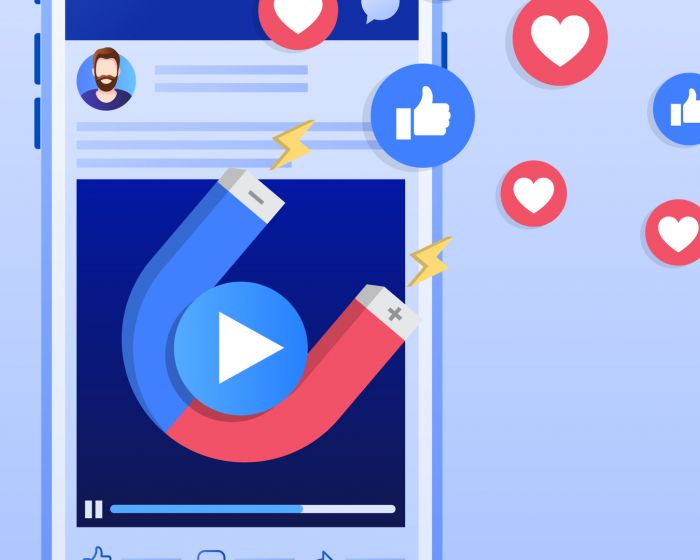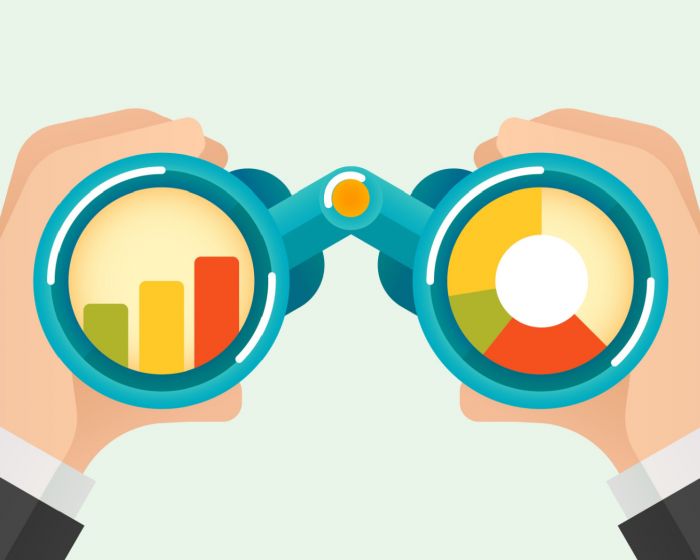
Today’s wearable technology has evolved so much since the days of the calculator wristwatch!
Today’s wearables are capable of running third-party applications. They have built-in connectivity features and advanced processing capabilities, and can collect and track data and present it in ways that make us more productive, proactive and even in some cases, more healthy.
The evolution of wearable technology has taken place largely thanks to advancements in nanotechnology, batteries and microprocessors, all of which have enables devices to remain small and light enough for daily use.
Wearable devices are now so seamless with our everyday lives, and are used by countless individuals and in countless industries to facilitate different aspects of life.
The current wearables market has infiltrated many industries and today’s wearables come in many forms:
Smart Watches and Rings:
Of all the mainstream wearable devices, watches continue to lead the way. They offer a great deal in terms of varied content, including email and text accessibility to health monitoring sensors. You can do so much from a smartwatch without needing to touch your mobile, and the technology continues to get even more advanced.
Fitness and Sports Trackers:
Sport and fitness trackers encompass a huge part of the wearables market. They combine steps, heart rate, speed, distance and altitude, offering a full picture of your day-to-day activities.
No matter which sport or activity you want to keep track of, there’s a device out there for you. From running and swimming to cycling and skiing, you can keep track of your performance, stay up-to-date with how much activity you’re getting, or even a brain-stimulating device to help you train harder.

Augmented Reality: Art Glasses and Smart Glasses:
Augmented reality enables us to interact with the world around us, with just a layer of digital augmentation. Whether it’s giving you directions, projecting a digital image on the world you’re seeing or showing you a text message, their capabilities are varied. AR is on the rise, and will eventually become more affordable and accessible to the broader market.
Medical Applications:
Medical wearables (in the form of bracelets, rings, clothing or even implants) are used to monitor and improve our quality of life. Practitioners use medical alert bracelets to stay connected in the event of an emergency, while heart rate monitors and other trackers are used to gather information and help practitioners create tailored care plans.
The healthcare app industry is booming and there is so much potential yet to be untapped. Some examples of innovations include the Upright GO Posture Trainer, which gives you gentle vibrations to remind you when you’re slouching, and Quell, wearable pain relief technology that blocks pain signals for a natural pain relief solution.
Virtual Reality Headsets:
Virtual Reality headsets are proving to have many useful applications, from retail and marketing to manufacturing. They are designed to offer a completely immersive Virtual Reality experience and are a great solution when it comes to retailers and marketers sharing immersive, moving shopping and brand experiences with customers.
The Future of Wearables
Of course, the future of wearable technology depends on integrations, functionality and the presentation of data to use in a meaningful way. Devices must be easy to use and offer seamless experiences, so much so that users are barely aware of their presence. The easier the interface, the more likely it is to succeed and transform the lives of its users.
We're here to help
Contact our team of digital marketing specialists today to discover how we can help you with your latest marketing requirements.








